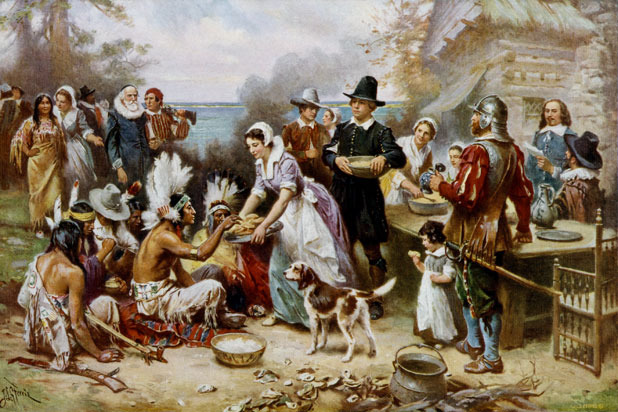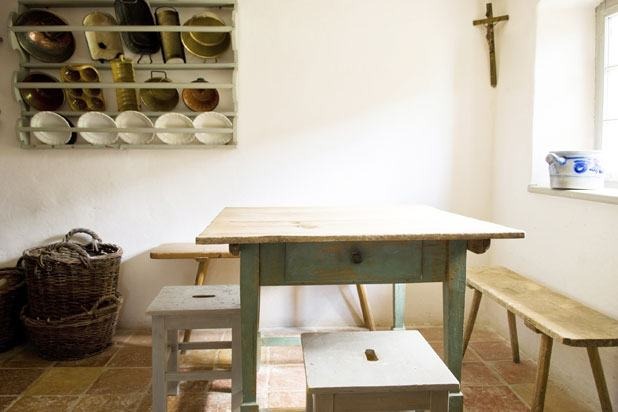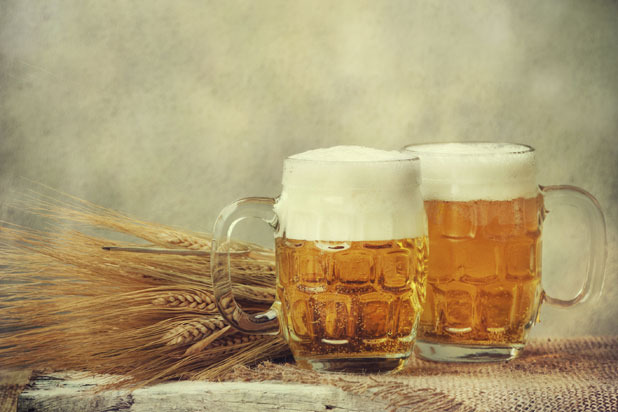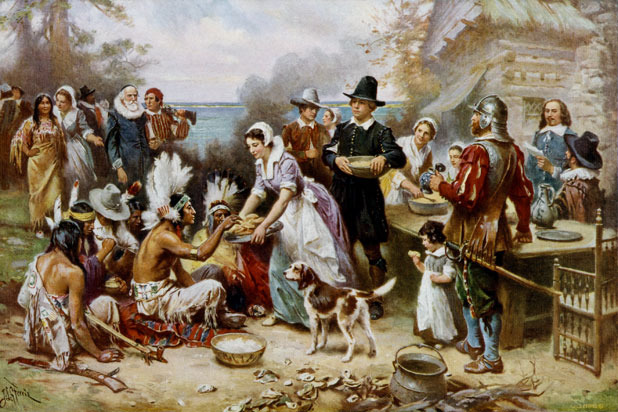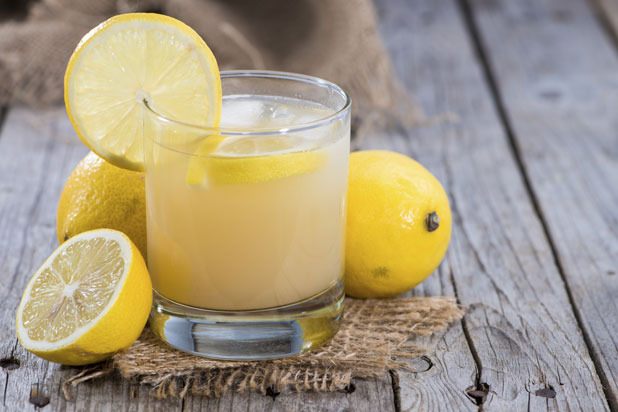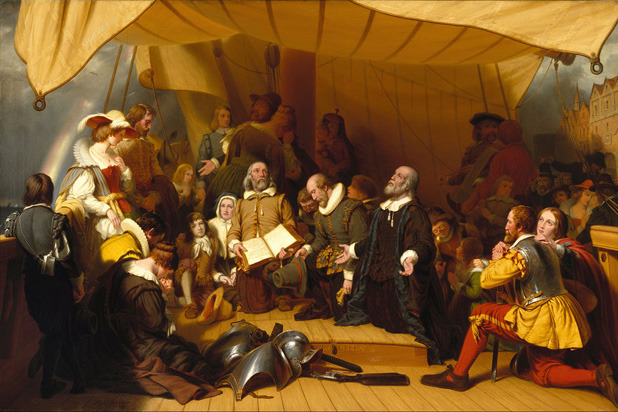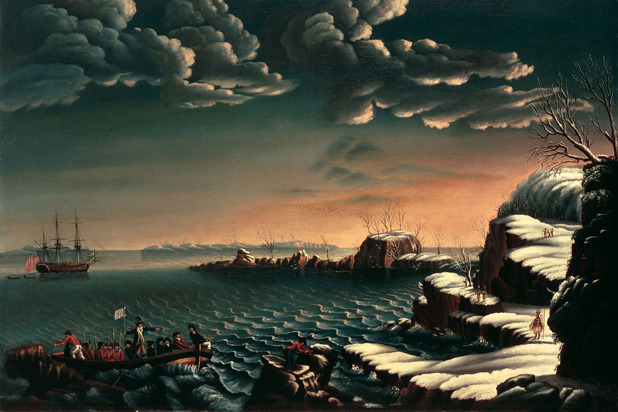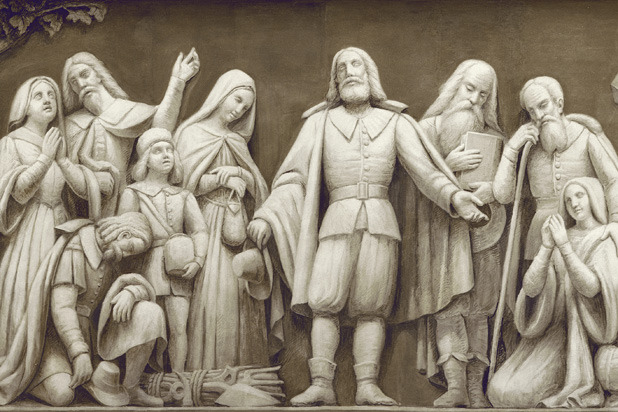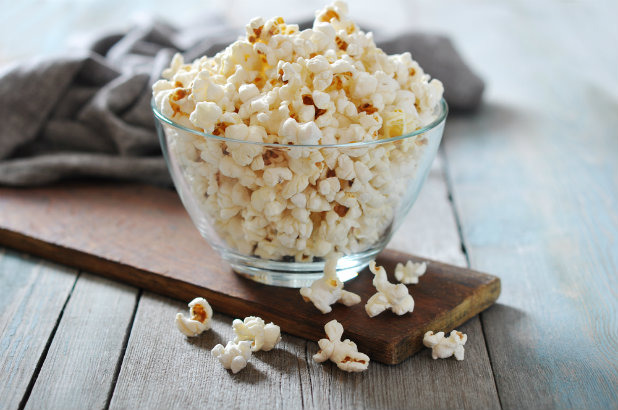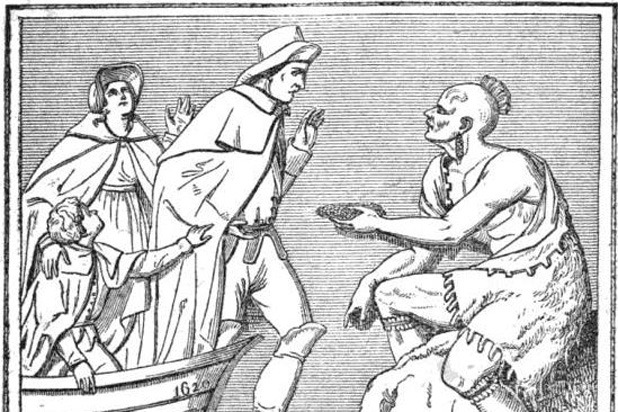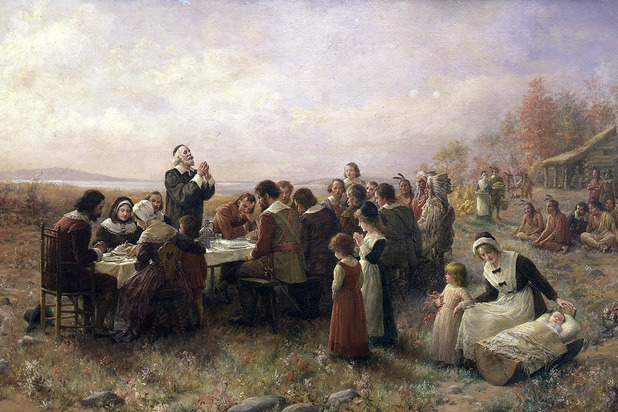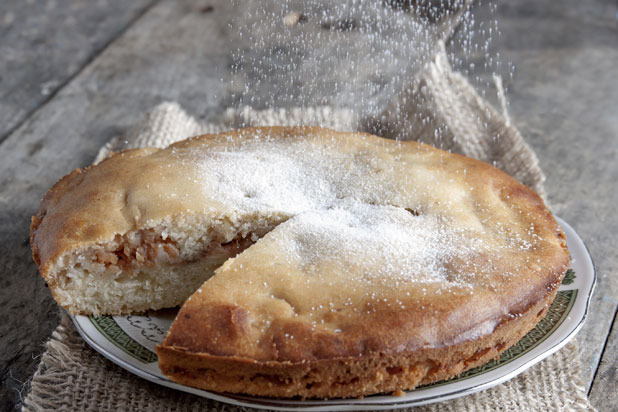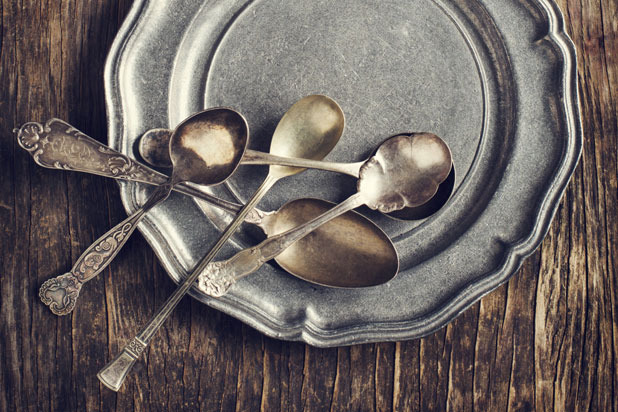14 Things You Probably Didn't Know About The Pilgrims
The Pilgrims are perhaps best known for the celebration of the harvest that shared with their Native American neighbors: Thanksgiving. But there is more to the Pilgrims than the Mayflower, religious persecution, and that first Thanksgiving. Here are some little-known facts about the Pilgrims that you might want to dish out at the Thanksgiving table this year.
Cookbooks
Thanksgiving is a holiday for which old, traditional recipes make an appearance, and cookbooks are out in full force. The Pilgrims also used cookbooks, as evidenced by several "recipe books" from the period. These books provide insight into cooking at that time. The most famous may be Gervase Markham's The English Housewife, which was first published in 1615.
Corn by Any Other Name
Thanks to Squanto, the Pilgrims were successfully able to plant corn and it became an extremely important crop for the settlers. However, they probably called it "Indian corn" or "turkey wheat." In the English of the period, the word corn meant, rye, barley, oats, or other grains.
Dinner Time
It's interesting to note that in a Pilgrim household, while the adults sat down to dinner, the children waited on them. We are sure parents would love to go back to that arrangement.
Drinks
The Pilgrims may have originally been Puritans, but they weren't puritanical when it came to alcohol. Their primary beverage was beer, even for the kids. The Pilgrims believed that water was contaminated and often made people sick, which was probably true in a time before reliable water filtration or purification. Beer's distillation process killed most parasites and bacteria, making the brew safer to sip.
The First Thanksgiving
That initial Thanksgiving, in 1621, was a three-day celebration of the first successful harvest, bringing together Pilgrims, Native Americans, and a bounty of food. The meal included venison, a large number of turkeys and waterfowl, cod, and bass — plus the harvest, which consisted of wheat, corn, barley, and perhaps peas. On top of that, there were foods native to the area, like clams, mussels, lobster, eel, ground nuts, acorns, black walnuts, chestnuts, squashes, and beans, along with fruits and berries such as strawberries, raspberries, grapes, and gooseberries that were growing wild. Now that's a feast!
Lemon Juice
Sickness was a constant threat to the Pilgrims. Scurvy, a nasty disease caused by a lack of vitamin C, was high on the list. Lemon juice was taken to help prevent scurvy. Talk about an immune boost.
The Mayflower Didn’t Land in Plymouth First
Before their departure, the Pilgrims were hoping to sail for the mouth of the Hudson River, just north of present-day New York City. Unfortunately, bad weather did not allow this. After 65 difficult days at sea, the Mayflower first landed at the tip of Cape Cod, in what is now Provincetown. The rapidly approaching winter and dwindling supplies stymied their second attempt for the Hudson, and eventually forced the Pilgrims to continue across Cape Cod Bay. They finally stopped at Plymouth, which became their new home.
The Mayflower Diet
Those poor Pilgrims were stuck on the Mayflower for over two months, battling the rough seas and stormy weather. The trip might have felt a little smoother had they had better nosh aboard. Their diets mainly consisted of hardtack, a cracker-like biscuit; salt pork; dried meats, including cow tongue; pickled foods; oatmeal and other cereal grains; and fish. Seasick much?
Old Comers
Even though we know the Plymouth settlers now as Pilgrims, they were not called that. At first they were called "Old Comers." This terminology changed after a manuscript written by William Bradford, Plymouth Colony governor, was discovered. There, he called his fellow settlers who left Holland "saints" and "pilgrimes." Two hundred years later, at a bicentennial celebration of the colony's founding, orator Daniel Webster referred to them as "Pilgrim Fathers." The term stuck.
Popcorn Myth
We all learn in elementary school about how the Indians introduced popcorn to the new settlers at that first Thanksgiving. Though a heart-warming tale, the variety of corn grown by the Native Americans would have been Northern Flint. This kind of corn does not pop well but would have been dried to make a simple snack or ground up and mixed with strawberries for a cake-like dessert. So much for the "Popcorn Myth."
Rough Start
During their first winter in Plymouth, about half of the Pilgrims died of disease, starvation, and the harsh weather. The Pilgrims buried their dead in unmarked graves by night to hide their thinning numbers from neighboring Indian tribes.
Success
After a difficult first winter, the Pilgrims were able to eventually have some success in planting and hunting. That's what Thanksgiving is all about. However, unlike groups who later created colonies in New England, like the Puritans, the Pilgrims were unable to maintain lasting economic success. Early in the 1630s, some prominent members of the original group left the colony of Plymouth to found new communities.
Thanksgiving Pies
Today, our Thanksgiving revolves around the giant bird, but wild turkeys weighed only around eight pounds (definitely not enough for company). Therefore, seafood and other meats were significant parts of the meal, as were a wide range of pies. Though Thanksgiving now ends on a sweet note with apple, sweet potato, or pumpkin pies, in Pilgrim times, both savory and sweet pies were baked for the meal as a way to preserve fruits and meat. The pies were left outside in the cold and then brought in and reheated when guests came over.
Utensils
Today we take forks for granted, but the Pilgrims didn't use them. They used a knife, spoon, large napkin, and their fingers to eat their meals. They shared both plates and drinking vessels, which unfortunately contributed to the spread of disease.
